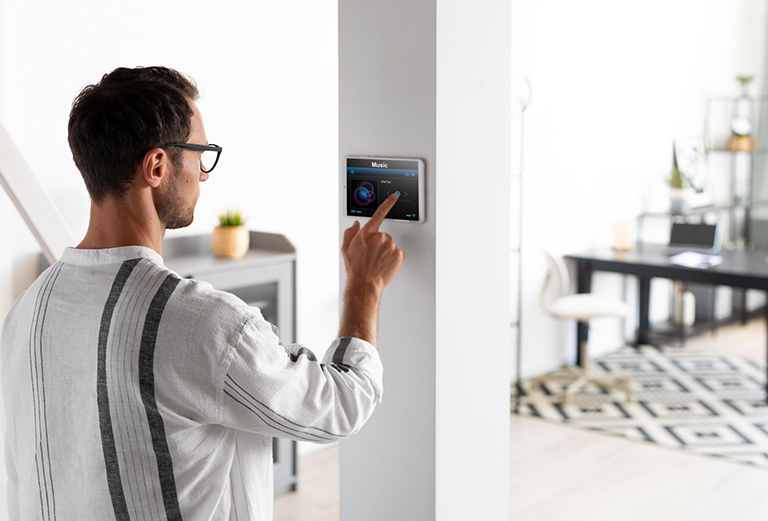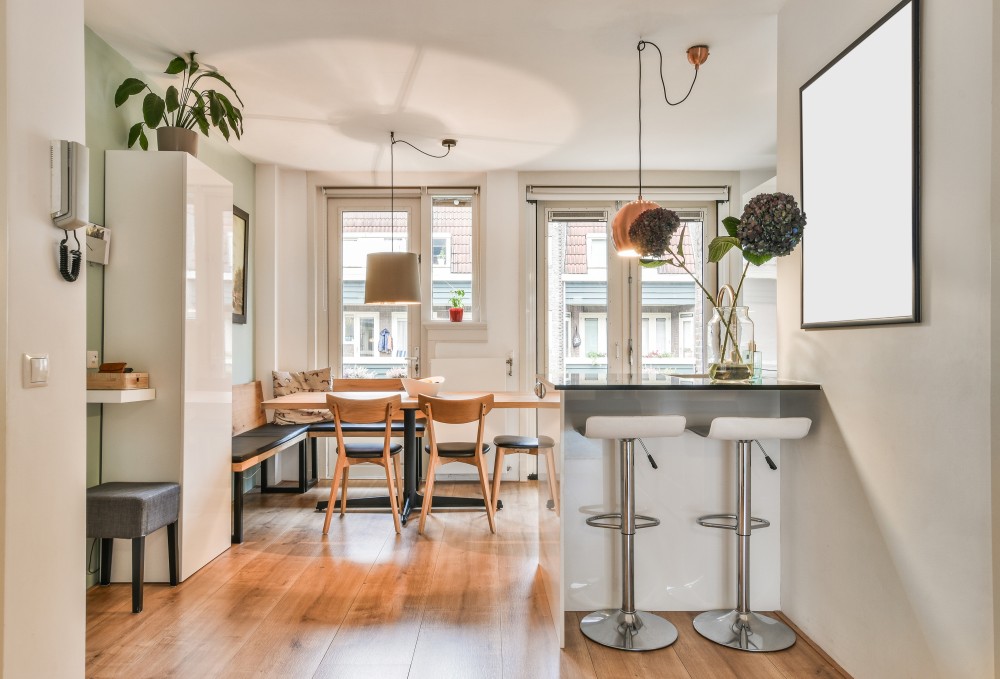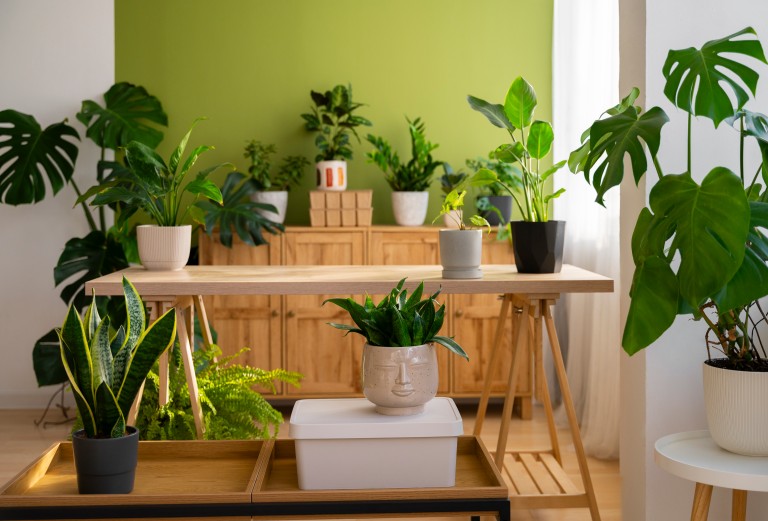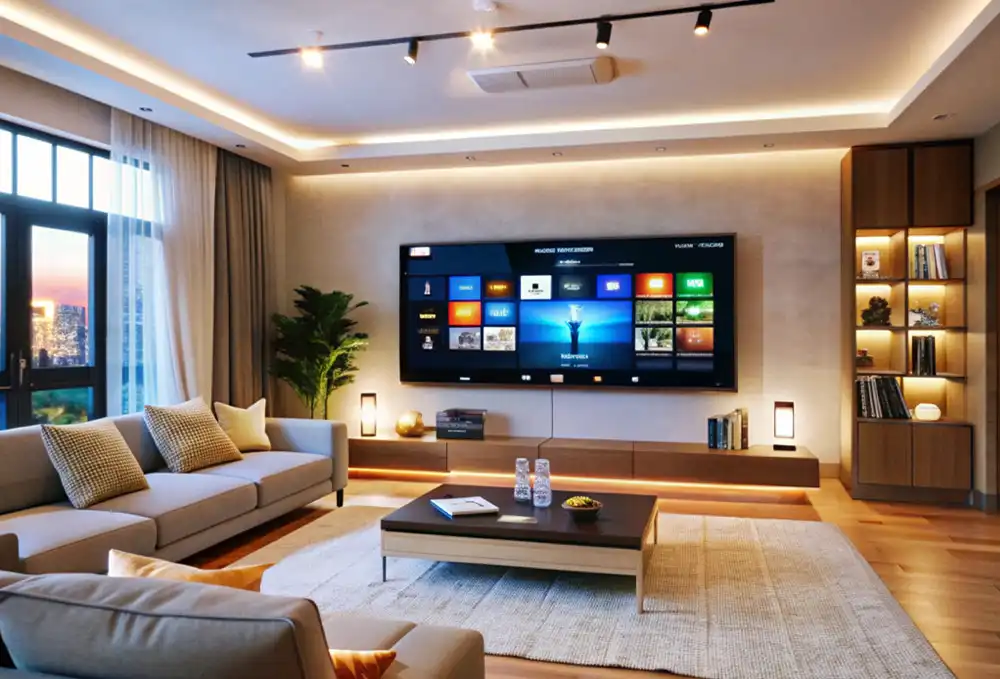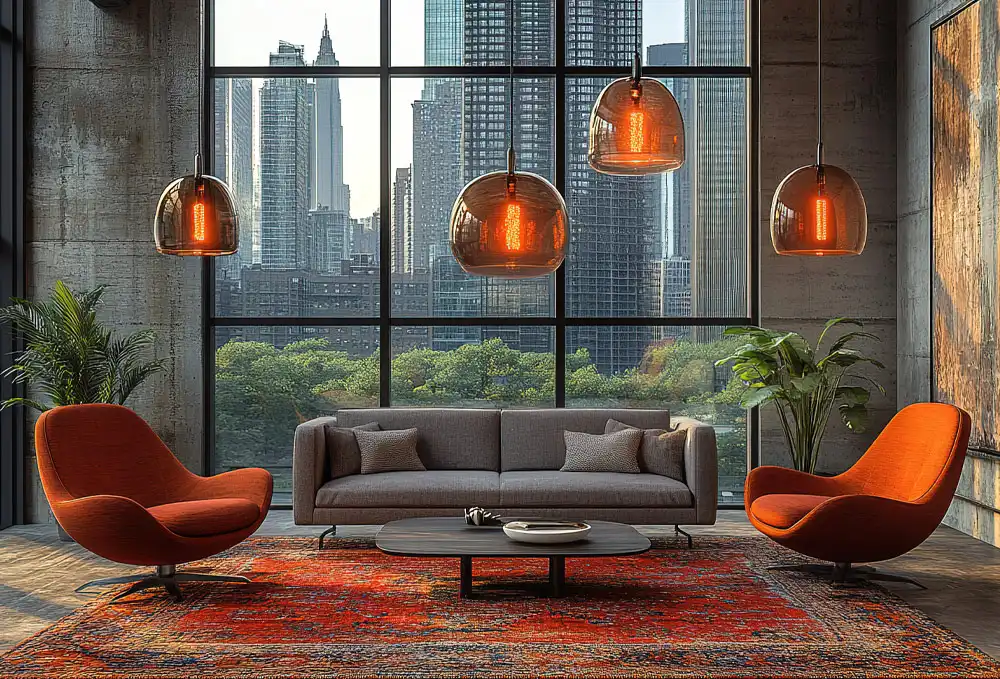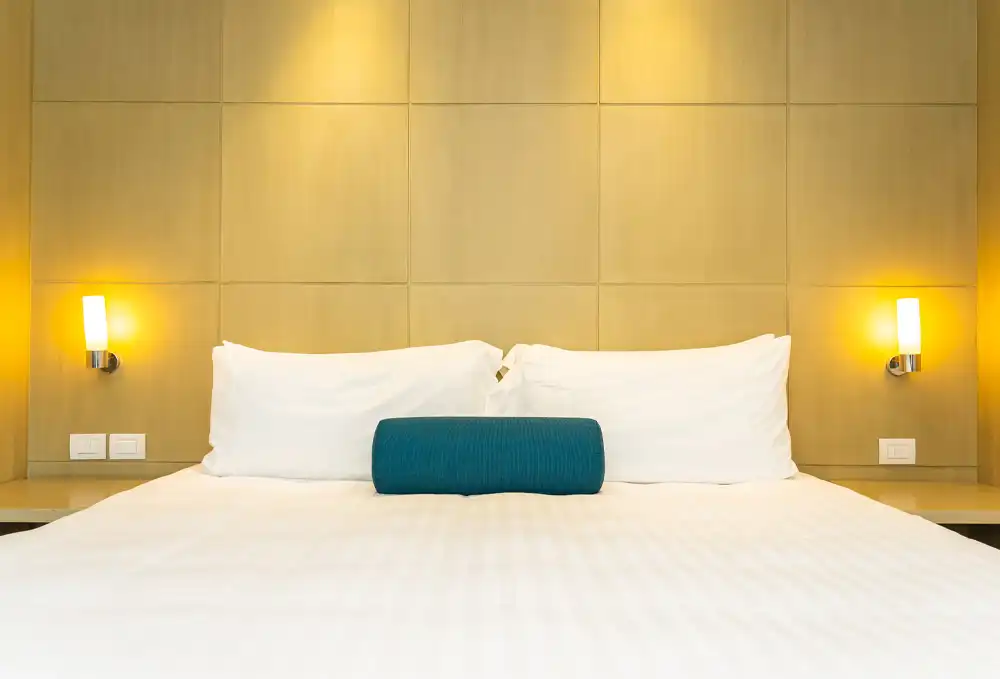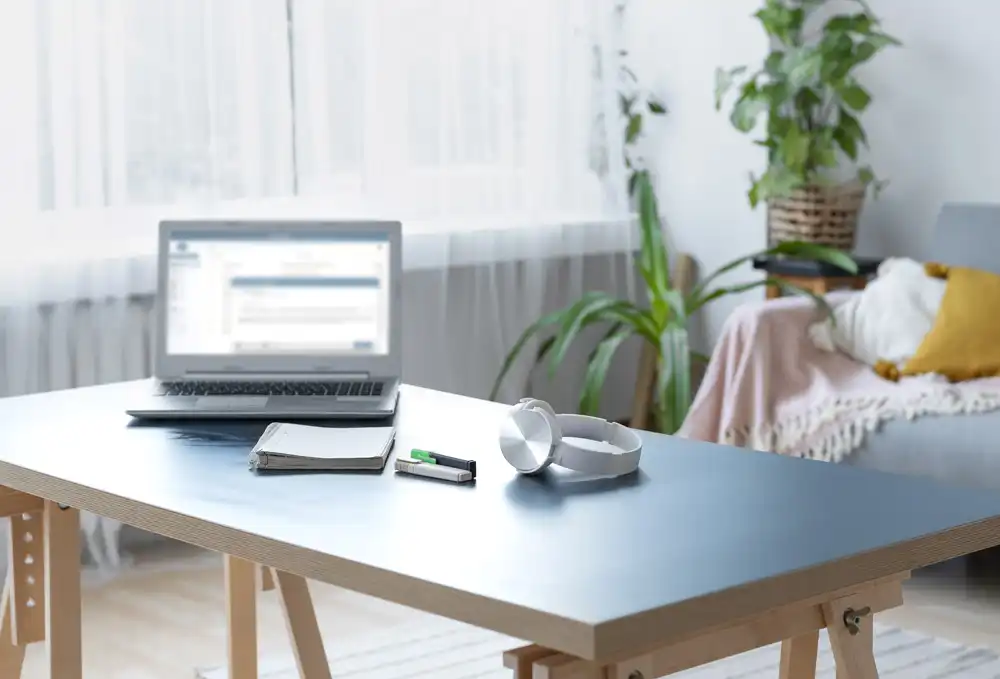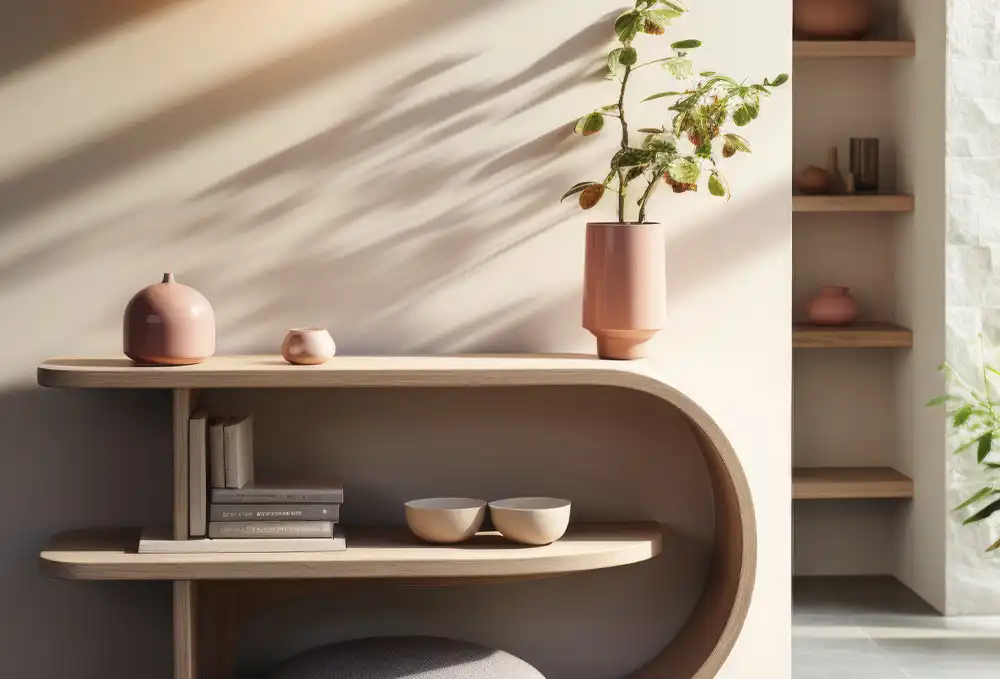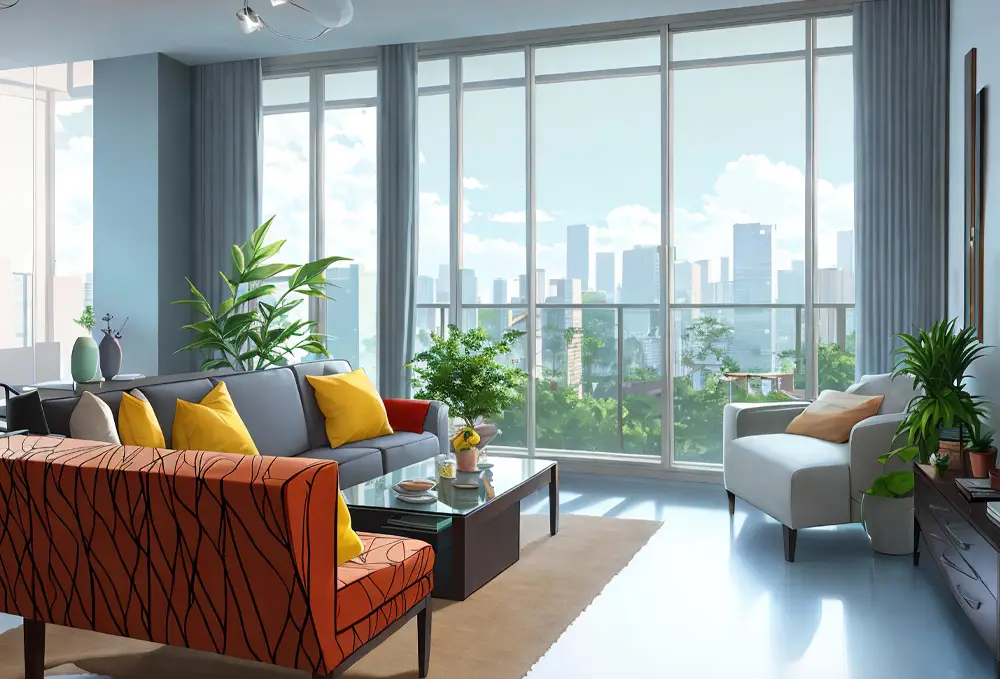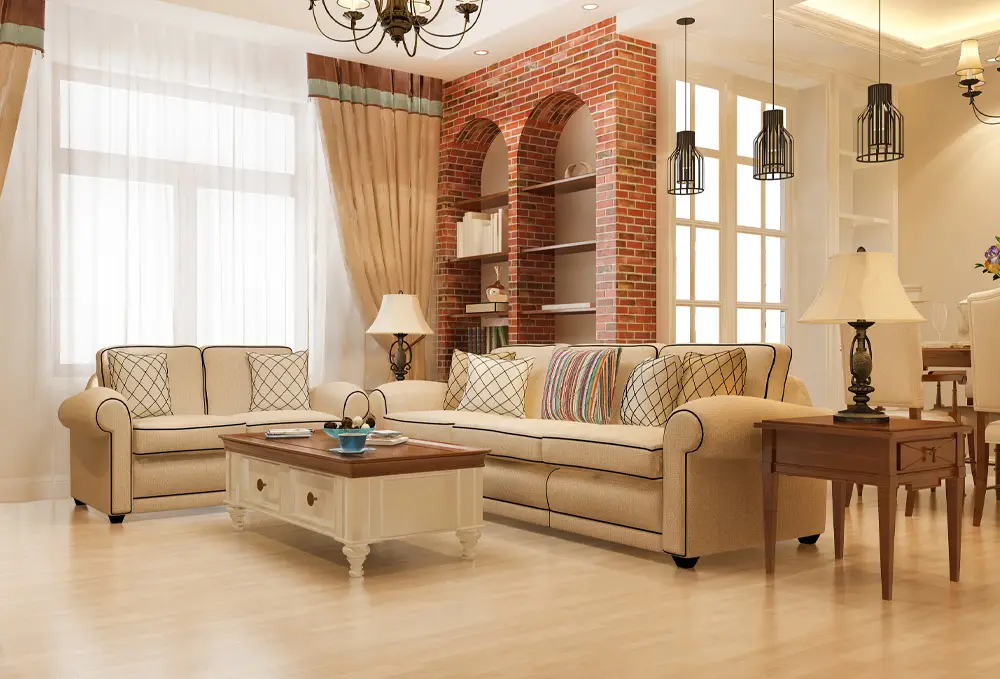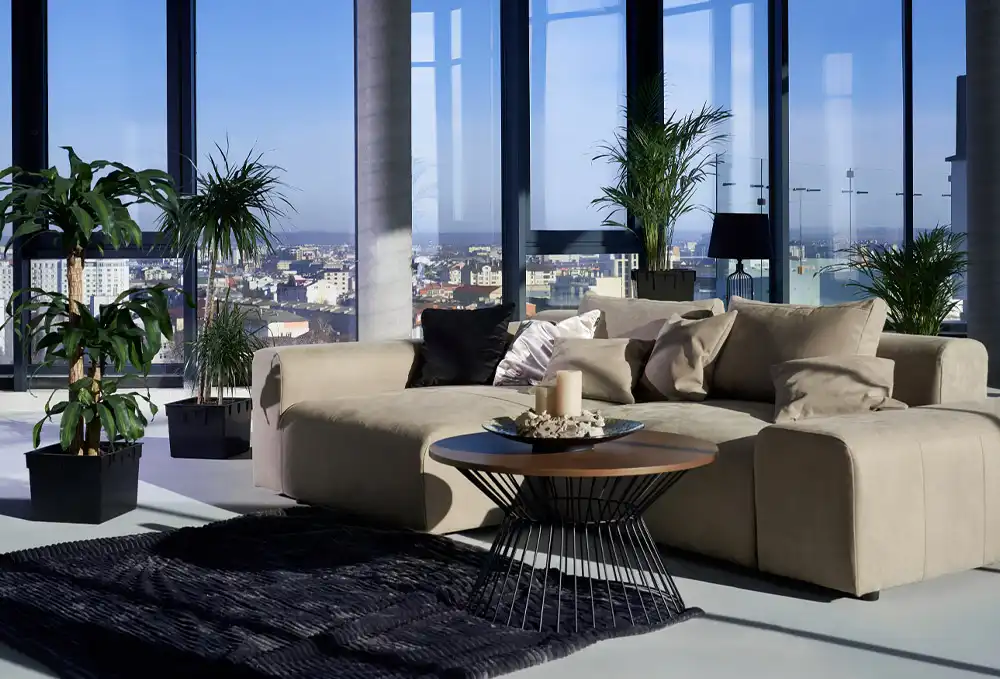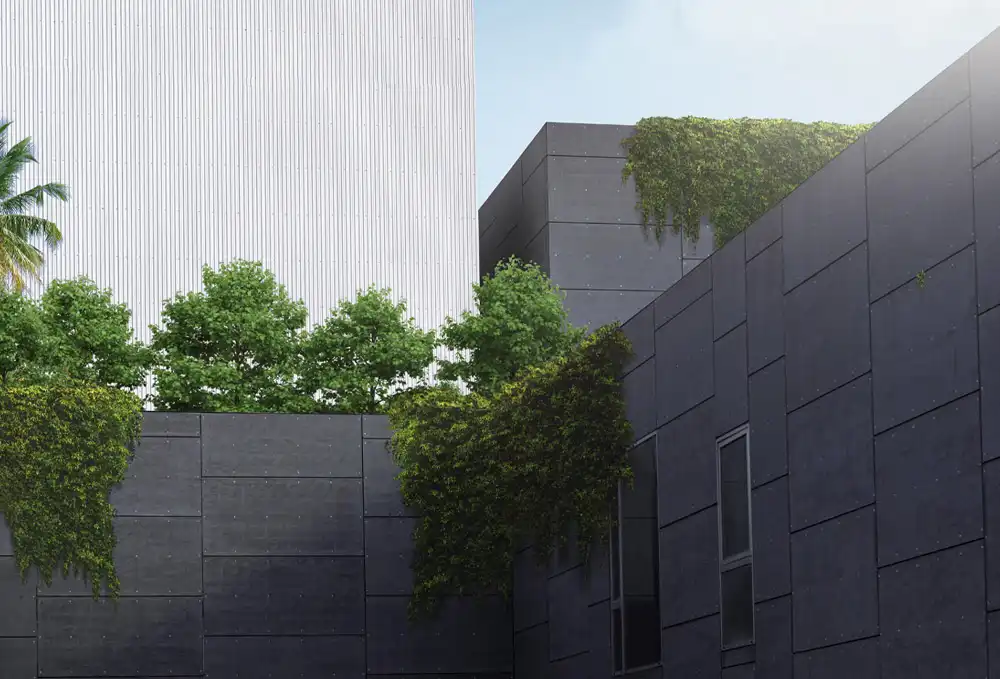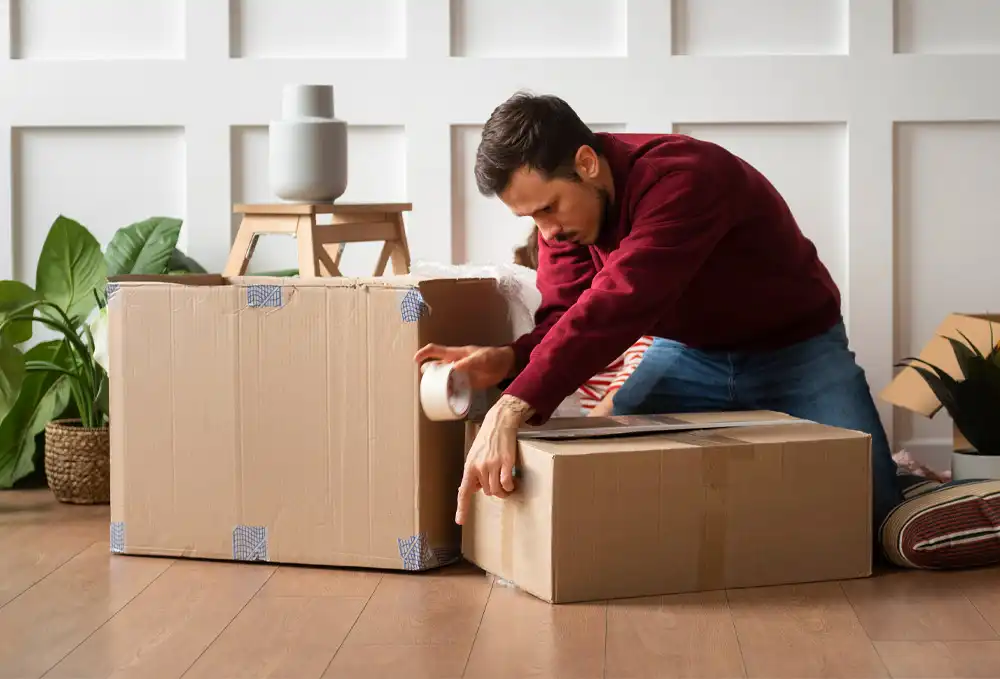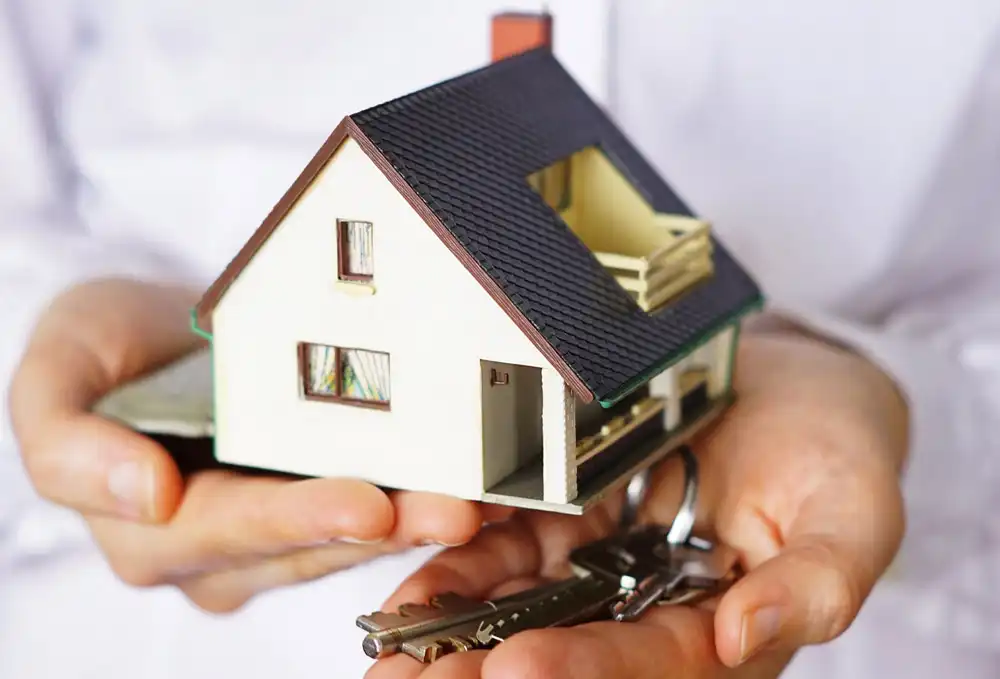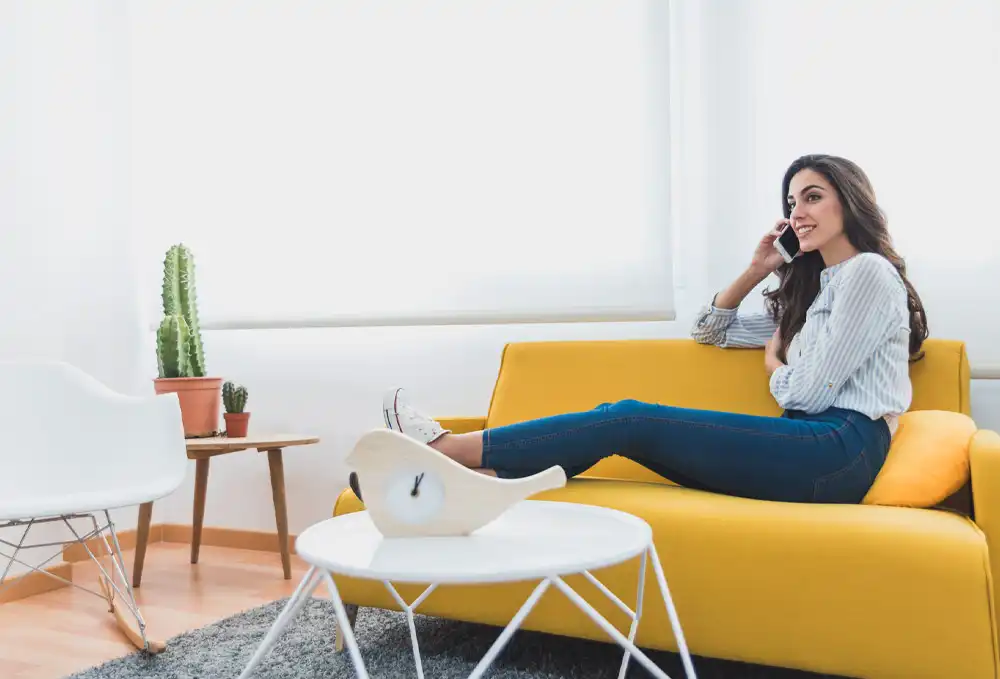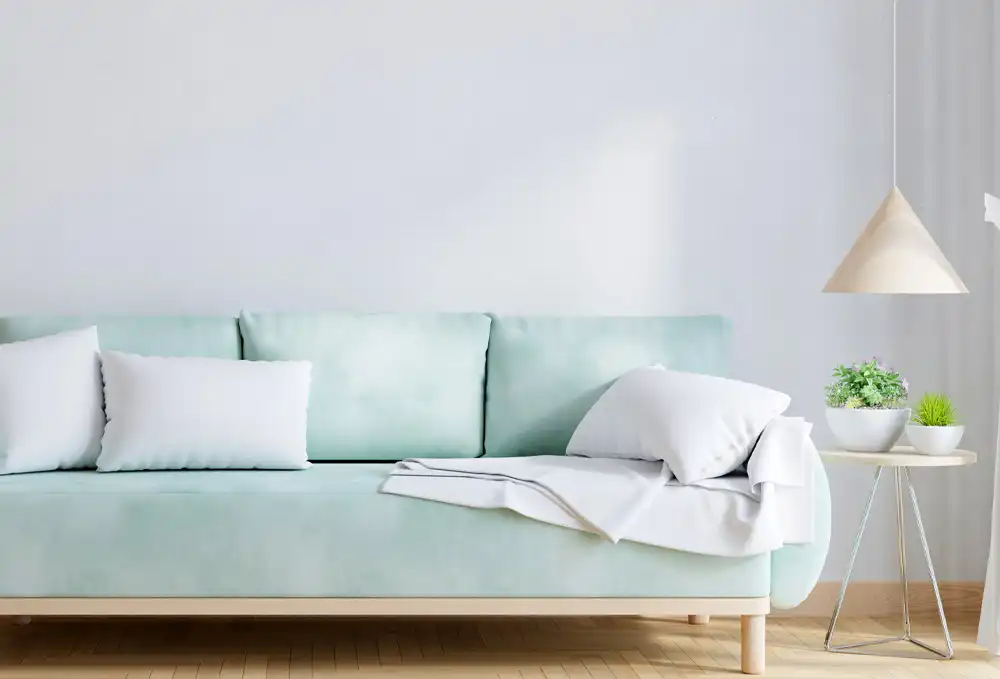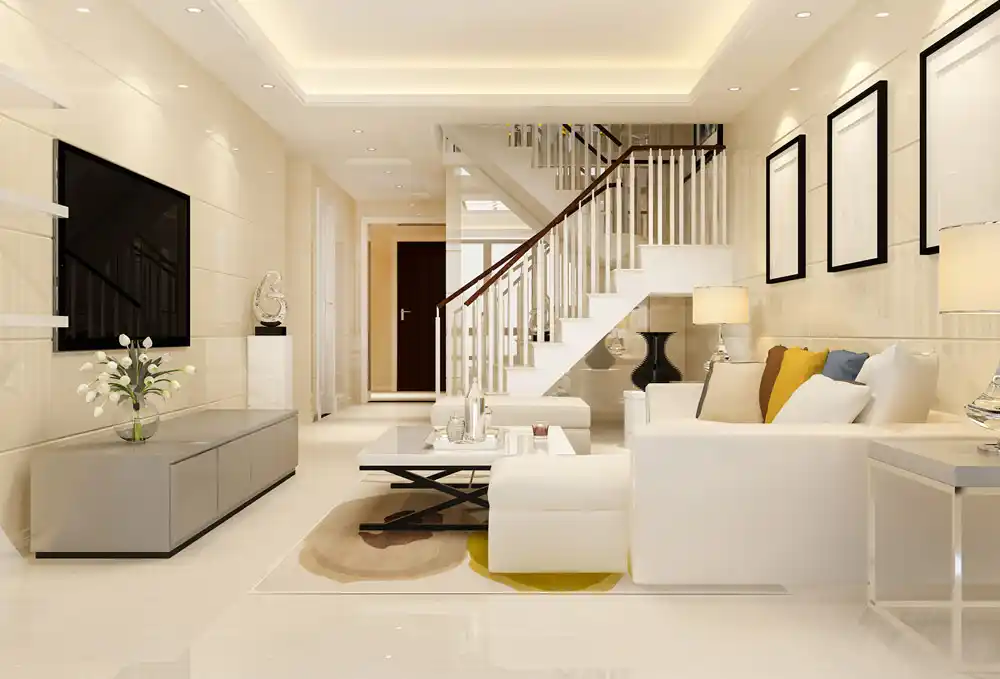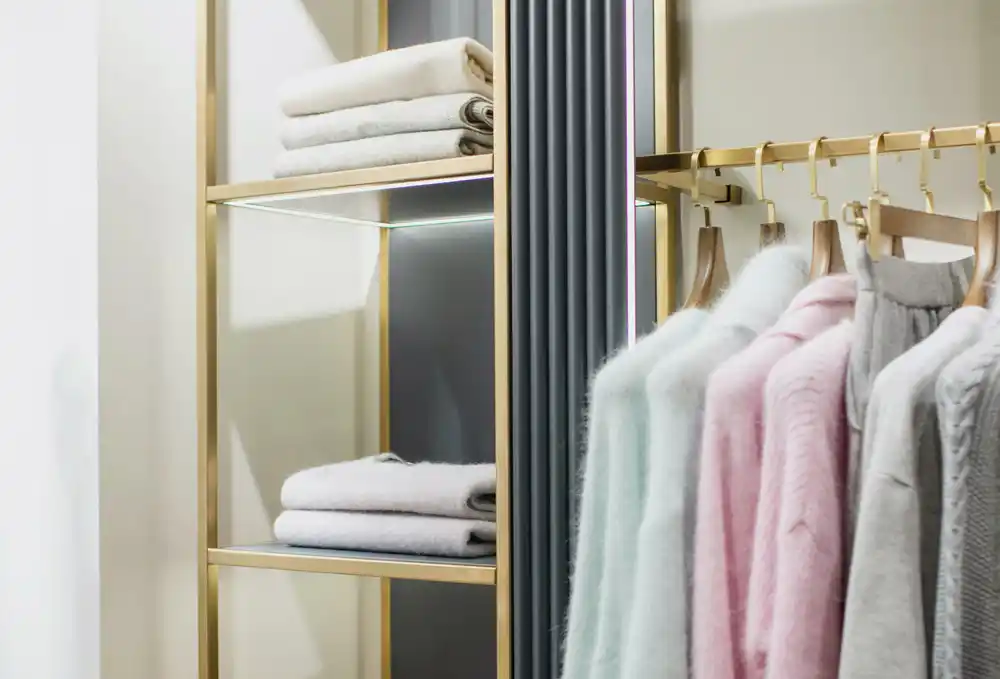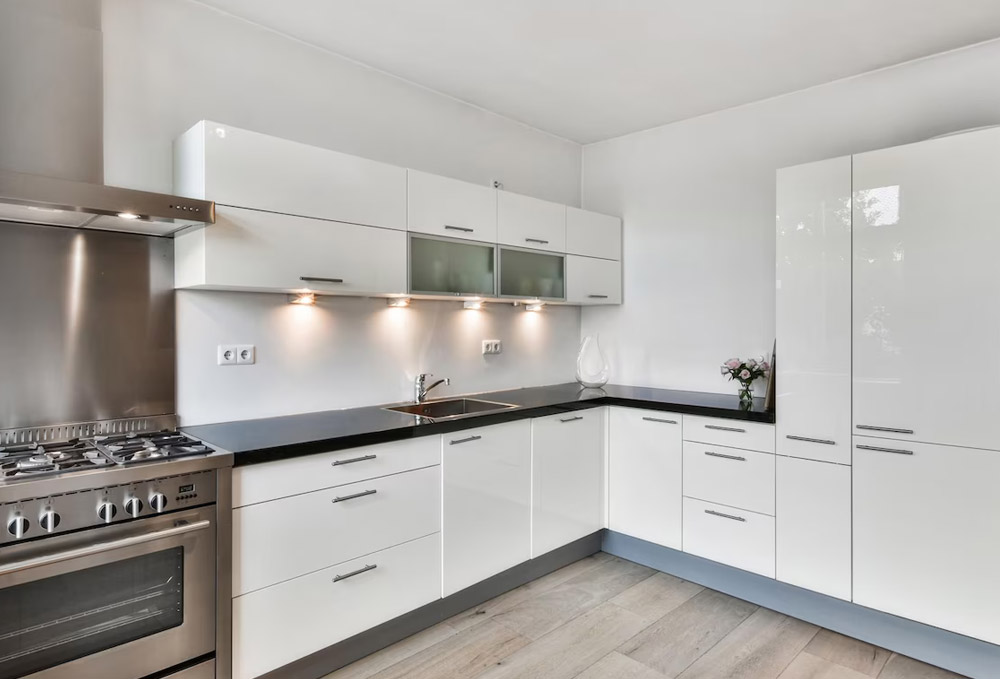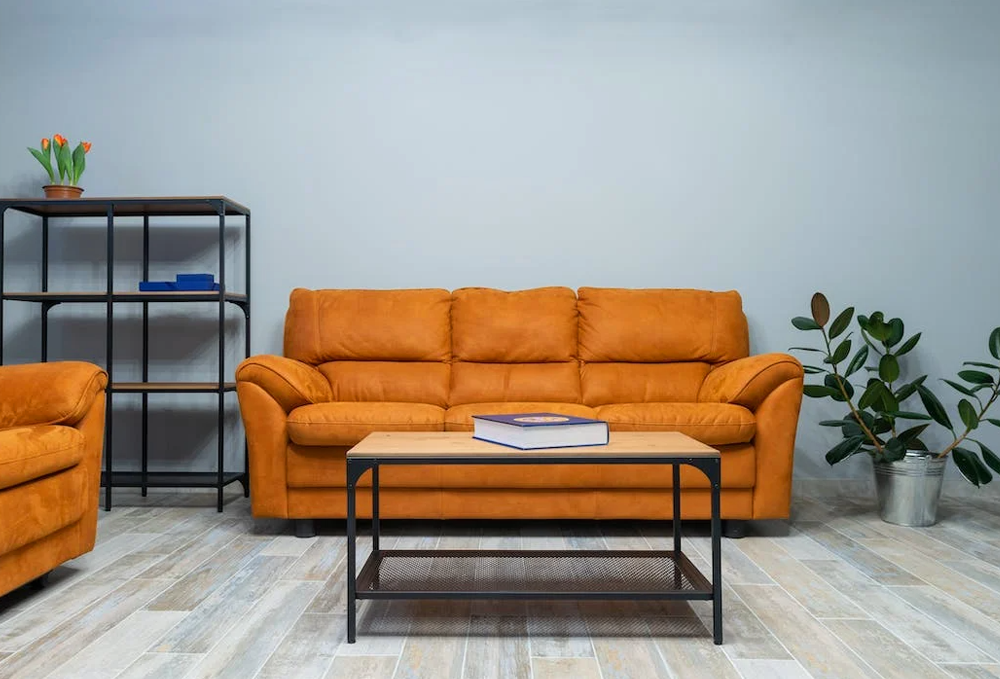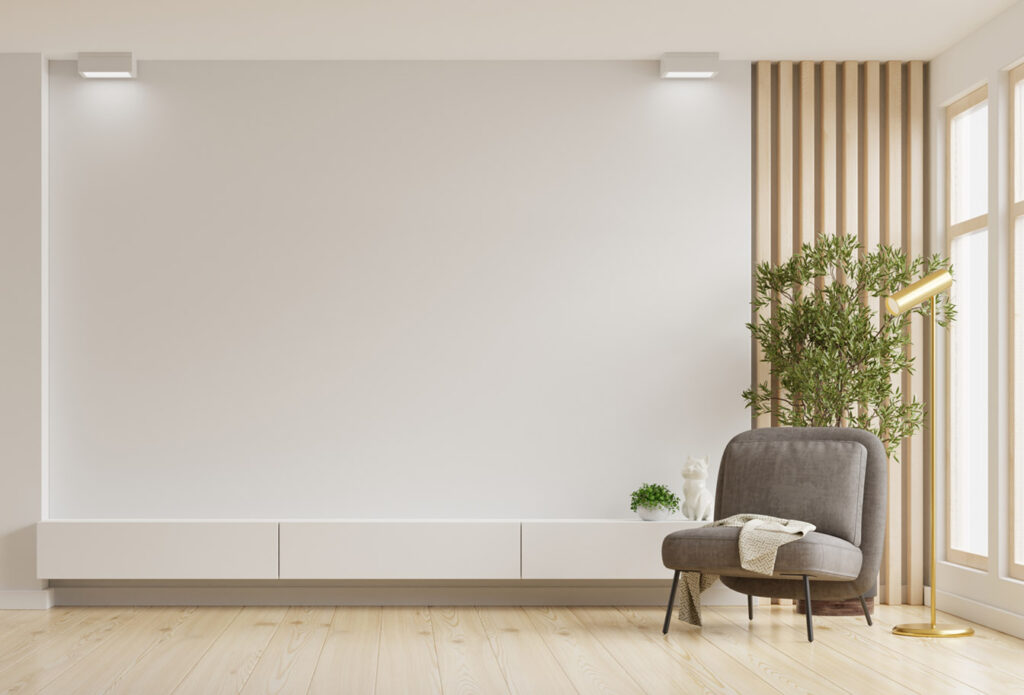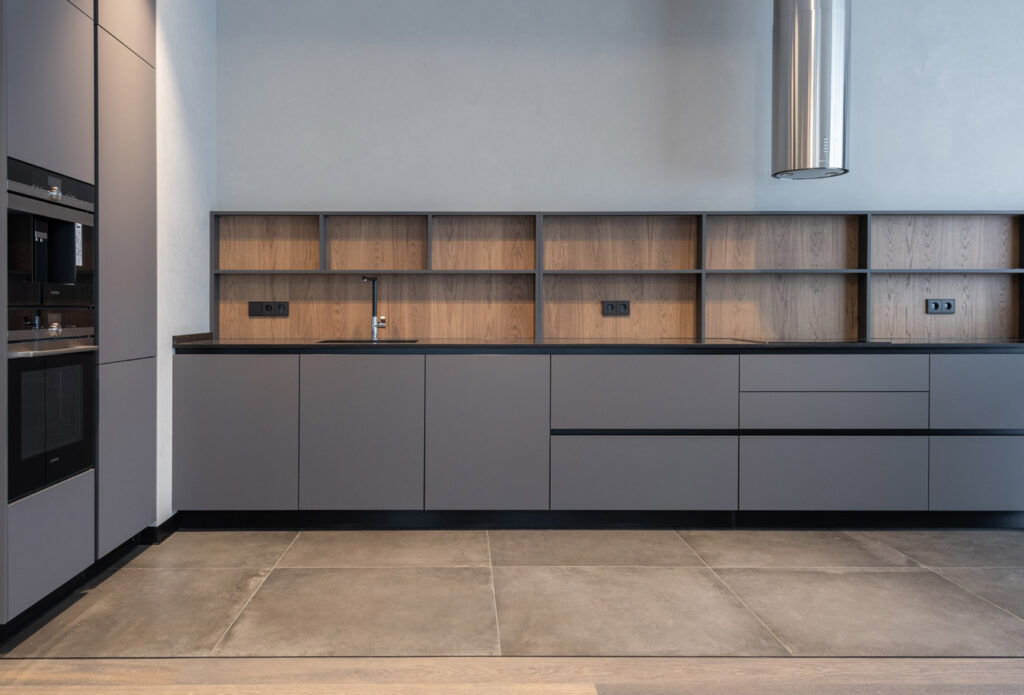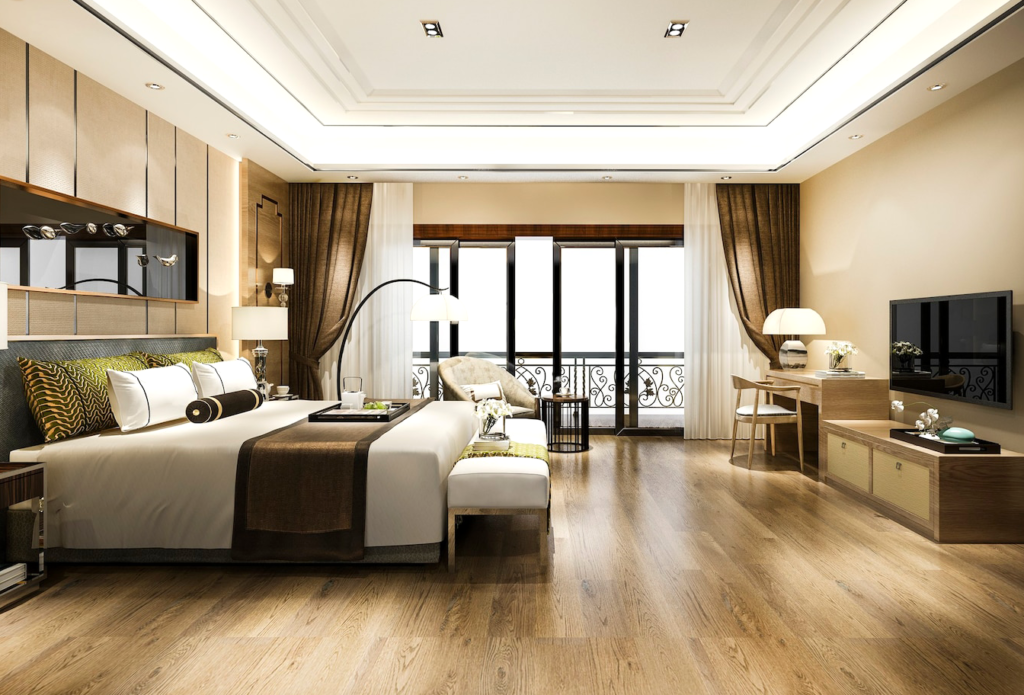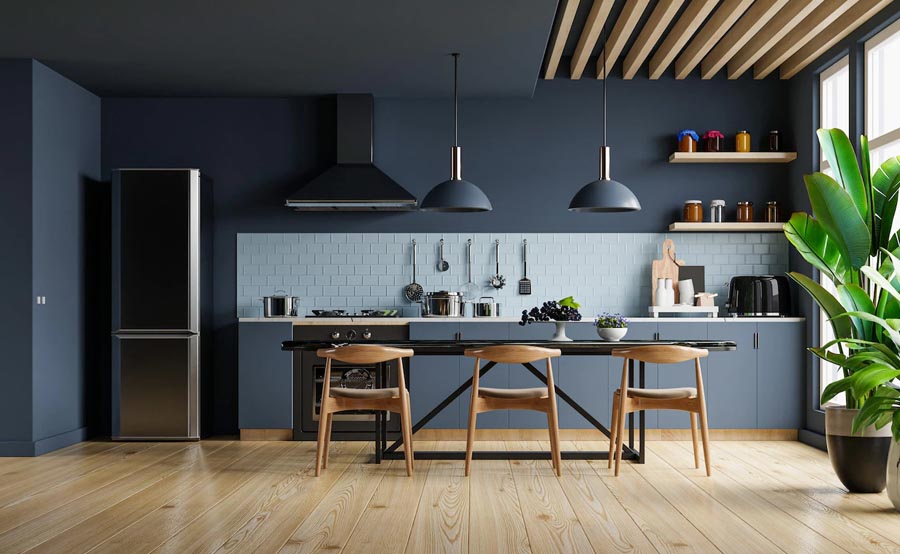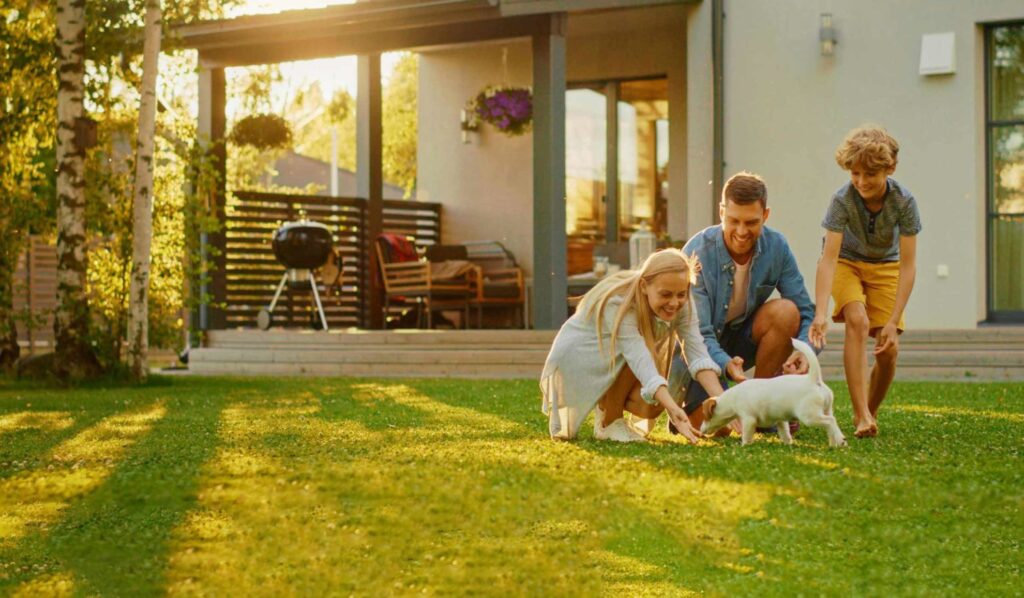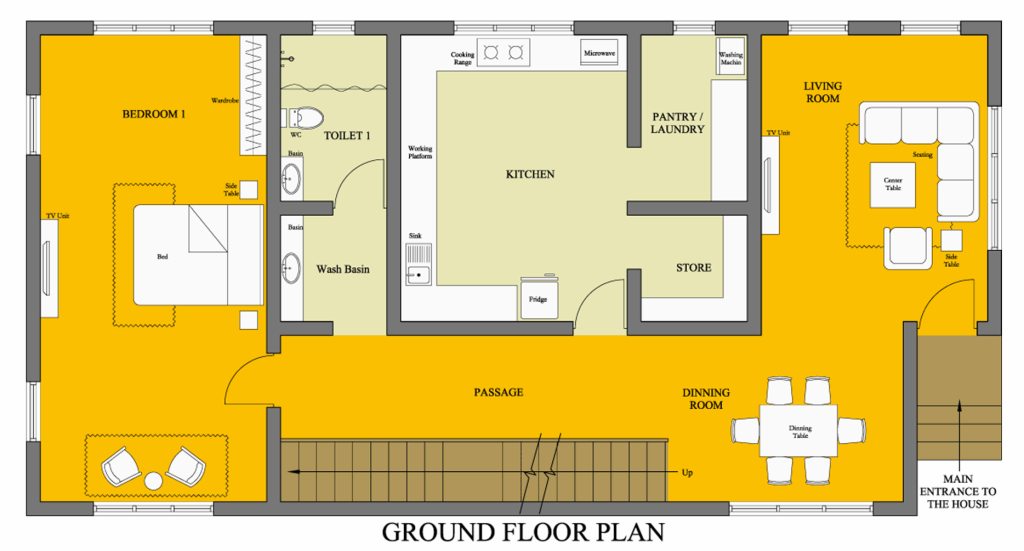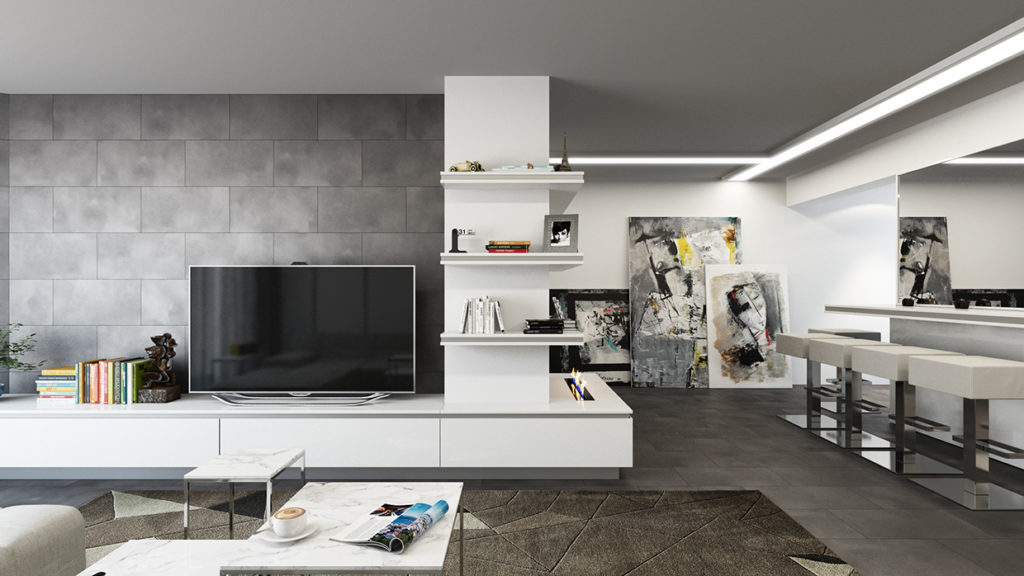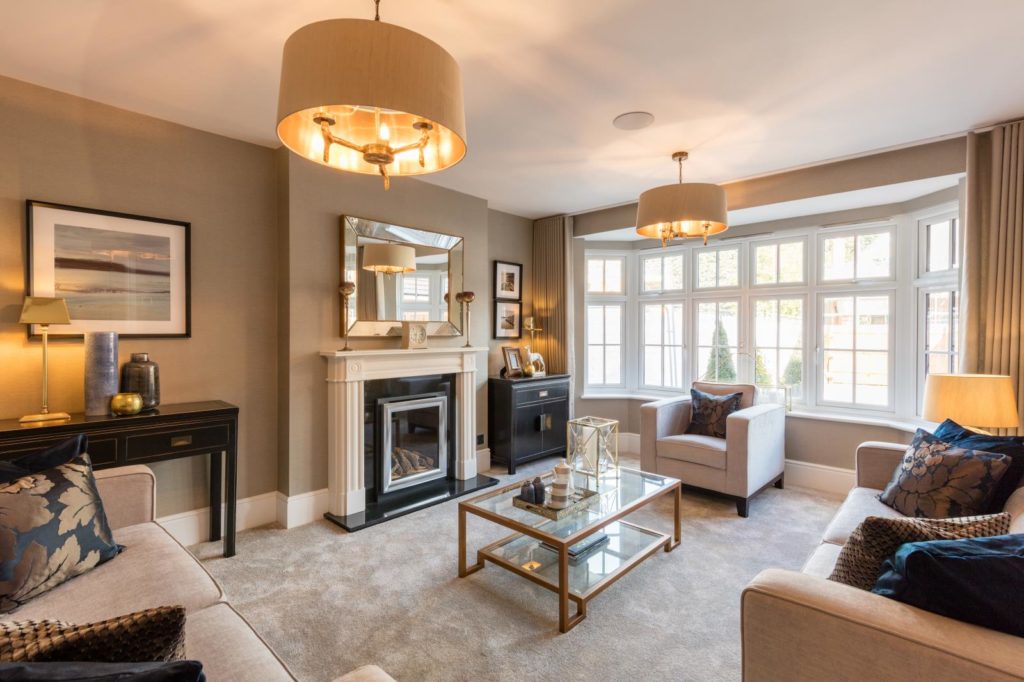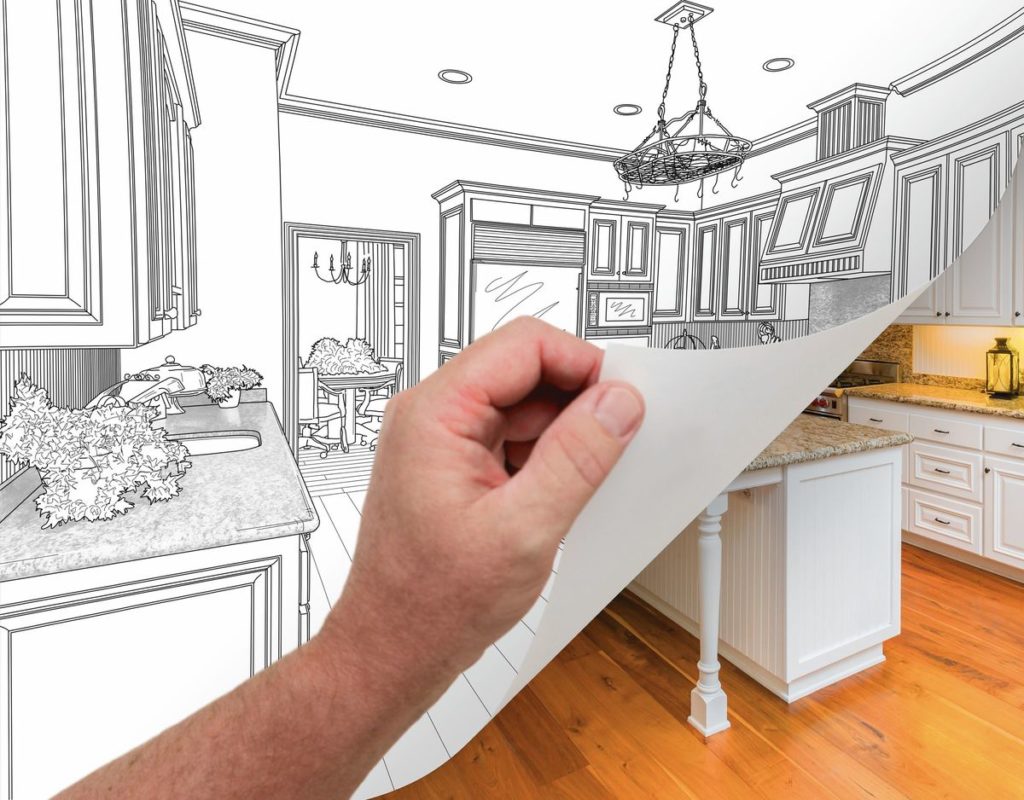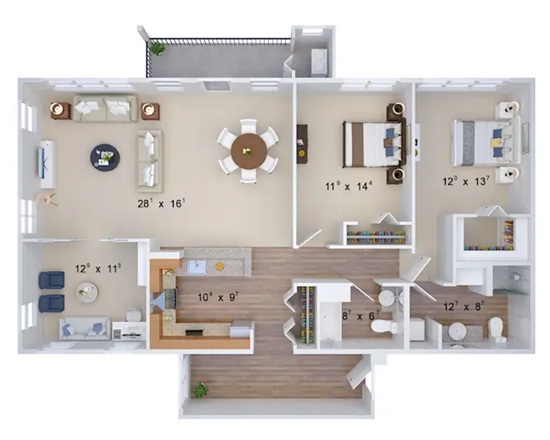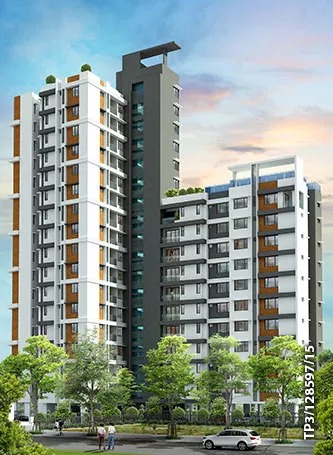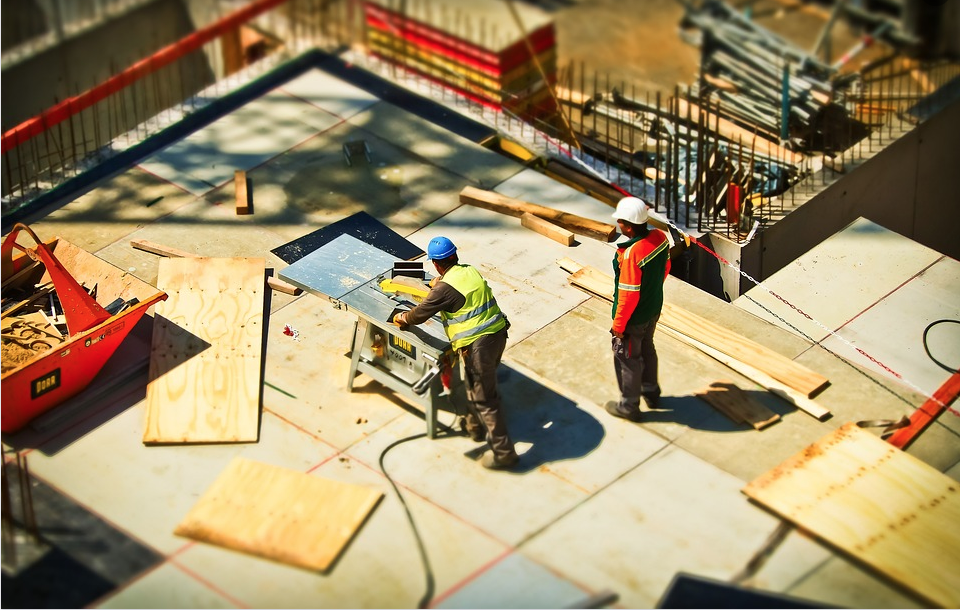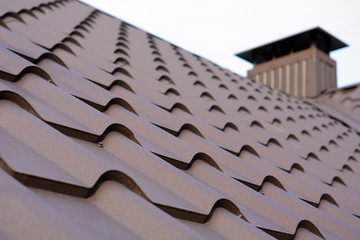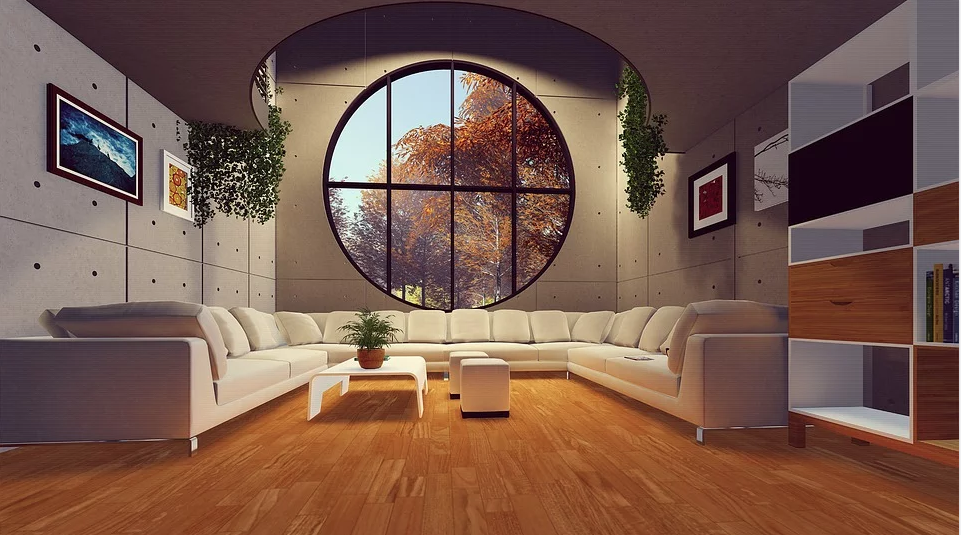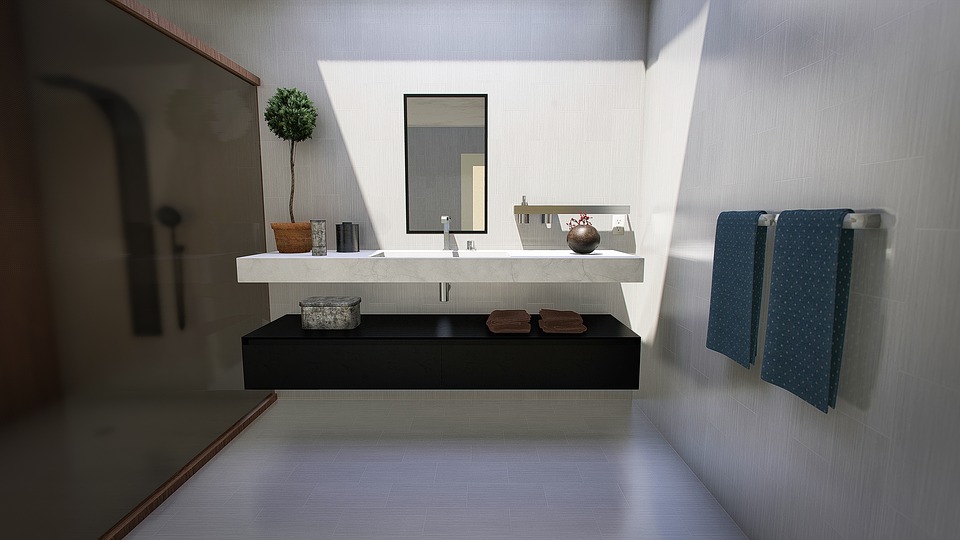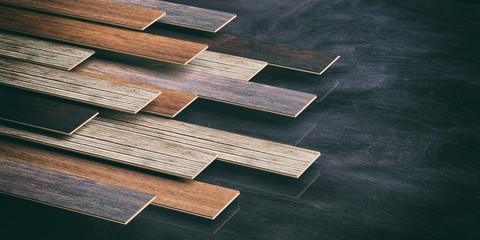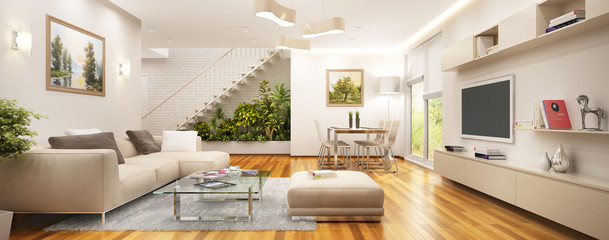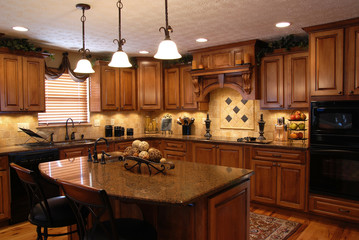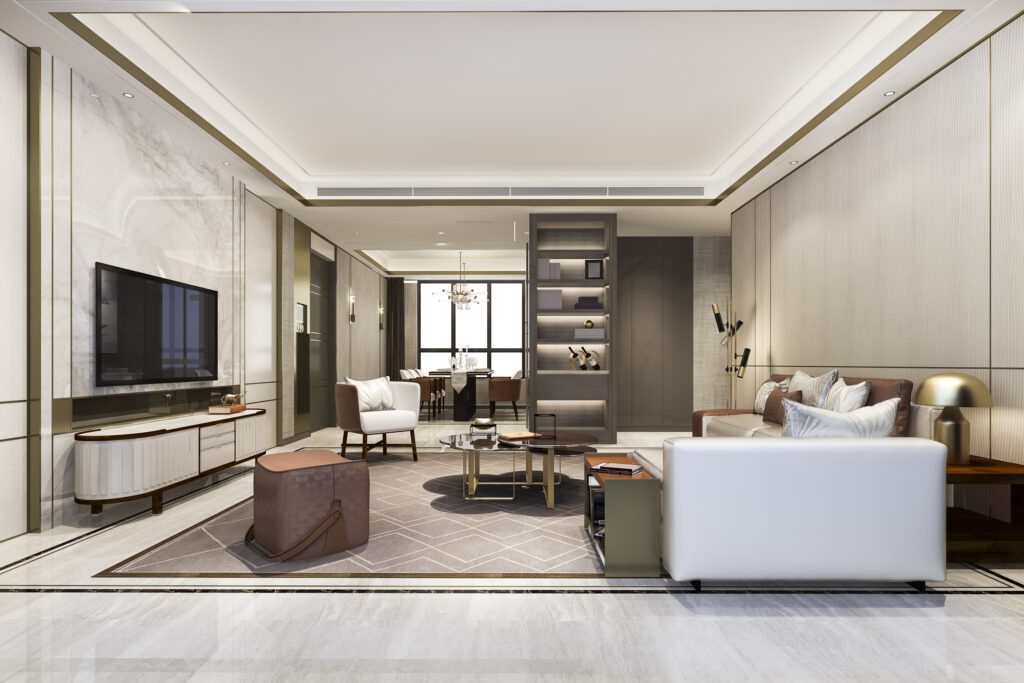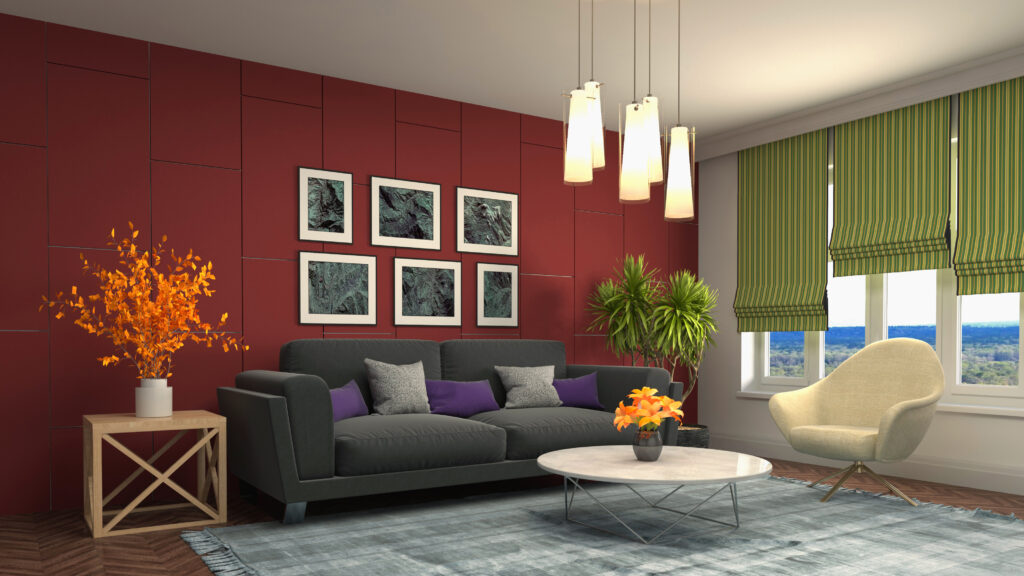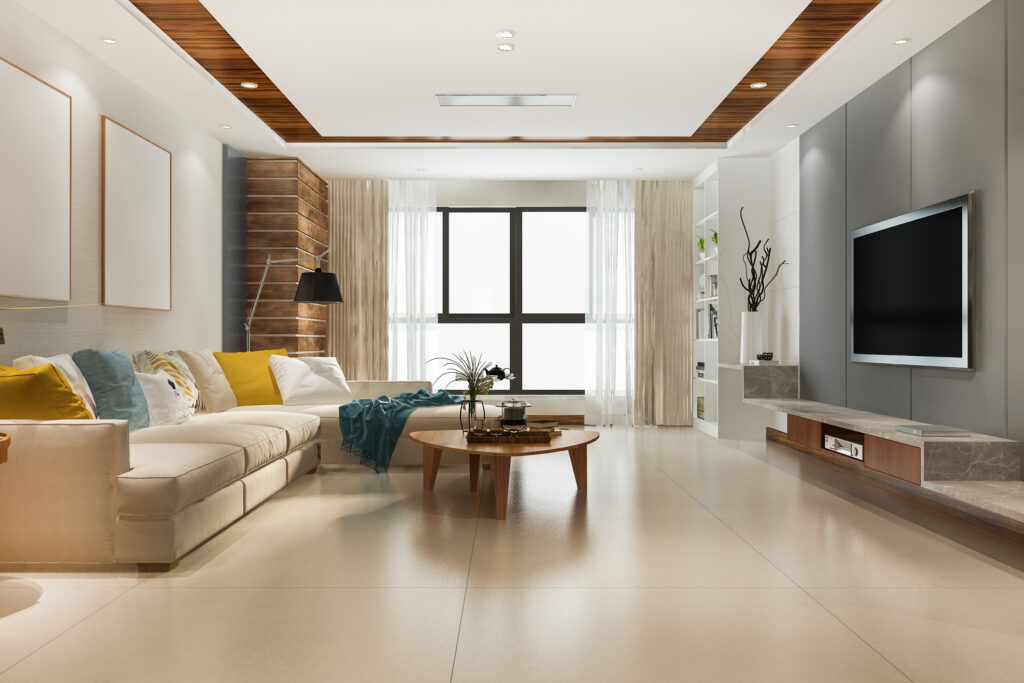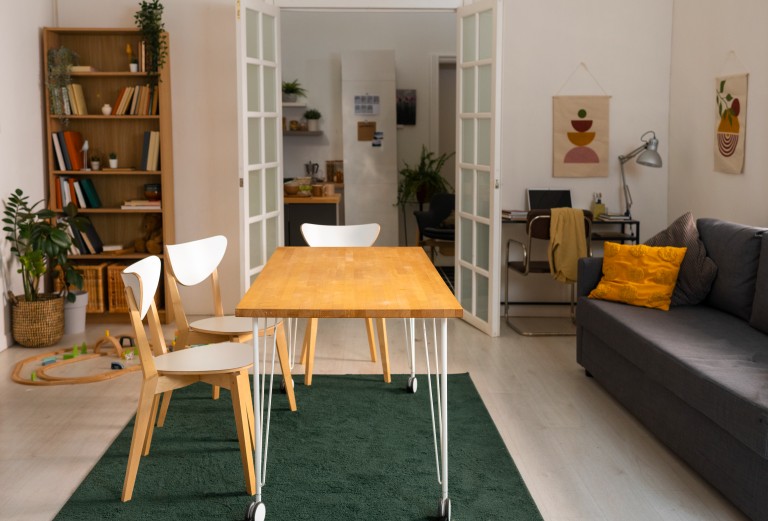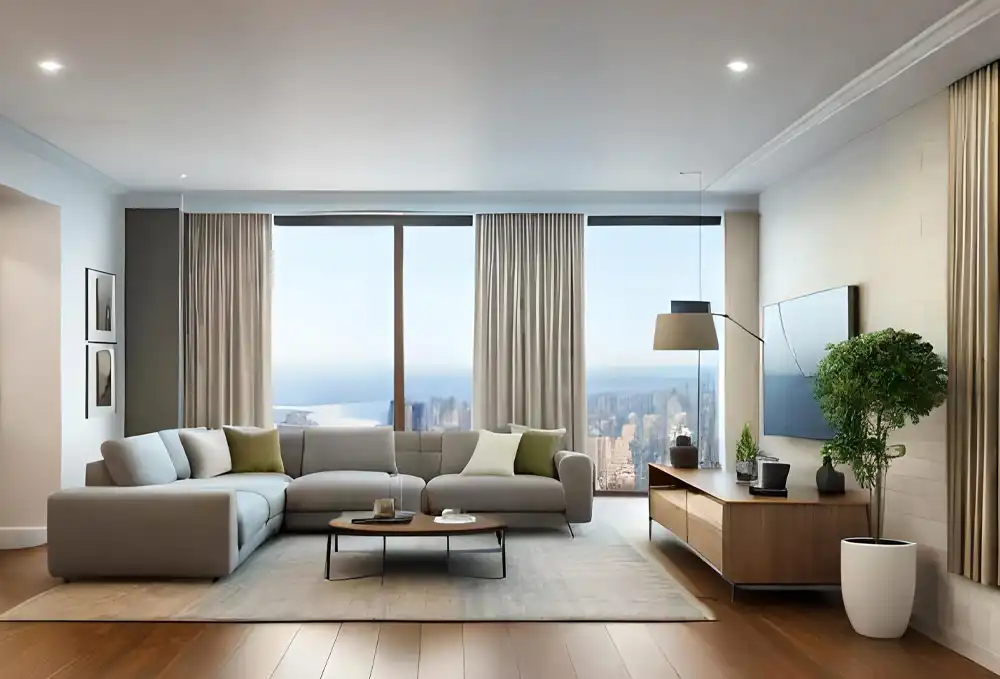
Have you ever walked into an apartment and immediately felt a sense of calm or excitement? That’s the power of space and design on our emotions and wellbeing. Whether we realize it or not, our surroundings play a significant role in shaping our mood, productivity, and overall happiness. In this blog, we’ll delve into the fascinating world of apartment design and explore how it influences our psychological wellbeing.
The Impact of Layout and Flow:
The layout of an apartment can have a profound effect on how we feel within it. Open layouts with ample natural light tend to create a sense of spaciousness and freedom, promoting feelings of relaxation and creativity. On the other hand, cramped or poorly organized spaces can evoke feelings of stress and claustrophobia. By optimizing the flow and arrangement of furniture, we can enhance the overall harmony and balance of our living environment.
Colour Psychology:
Colours have a powerful influence on our mood and emotions. Warm tones like reds and oranges can evoke feelings of energy and passion, while cool tones like blues and greens promote a sense of calm and tranquility. When designing an apartment, it’s essential to consider the psychological effects of colour and choose hues that resonate with our desired atmosphere. Whether it’s painting an accent wall or selecting furnishings, thoughtful use of colour can transform a space and uplift our spirits.
Natural Elements and life-in-nature Design:
Incorporating elements of nature into apartment design has been shown to have numerous psychological benefits. From indoor plants and natural materials to views of greenery and sunlight, close to nature design connects us with the natural world, reducing stress and increasing feelings of wellbeing. Even in urban environments, integrating natural elements into our living spaces can foster a sense of harmony and connection to the world around us.
Lighting and Mood:
Lighting plays a crucial role in setting the mood and ambience of a space. Bright, overhead lighting can feel harsh and impersonal, while soft, diffused lighting creates a cozy and inviting atmosphere. By incorporating a mix of natural light, task lighting, and ambient lighting, we can create dynamic and versatile spaces that adapt to our needs throughout the day. Additionally, exposure to natural light has been linked to improved mood, sleep quality, and overall wellbeing, making it a priority in apartment design.
Personalization and Identity:
Our homes are a reflection of who we are, and personalizing our living spaces can have a profound impact on our sense of identity and wellbeing. Surrounding ourselves with meaningful objects, artwork, and mementos creates a sense of comfort and belonging, fostering a positive emotional connection to our environment. By infusing our apartments with elements that resonate with our values, interests, and personality, we can cultivate a space that feels truly like home.
At its core, Indian design philosophy aims to create places that are balanced, harmonious, and beautiful. Apartment design can offer a sense of calm and order that improves psychological well-being through the use of symmetry, proportion, and rhythm principles. Each aspect of design, from arranging furnishings to color and texture selection, contributes to creating a harmonious living environment that nurtures the mind, body, and spirit.

